| After several years, I have finally finished the sequel to Always Room 4 Cello! I wanted to make use of a different genre for the next big video project, so when I found myself singing about vibrato to the tune of "Desperado," it just seemed right. Besides, I have found that vibrato tends to be one of the most mysterious and frustrating topics for beginning cellists. It needs attention. | A silly teaser trailer I made for it... |
Here's the actual video. I hope you like it!
In an effort to help you "get experimental" with your cello vibrato, the following is a breakdown of the techniques suggested in the song.
The Lyrics | The Explanation |
| Oh, vibrato, why can’t we get you to happen? Been doin’ so much tappin’ for so long now. You’re a hard one but you’re supposed to be easy, there’s tension that’s squeezin’ you but I don’t know how. I’ll have to try some mini-shifting or just sliding on a table or it might be good to move with the opposite hand You can karate chop your cello just be sure it’s really stable or enlist the help of a pretty pushy friend Oh, vibrato, make sure you start from the elbow soon you’ll shout out HELL….O to a nice warm sound You just shake it, oh shake it like a polaroid picture There ain’t no set scripture except to set your bow down If you try all this and still use the bow it’ll change the motion and you won’t know plus it can cause your whole right arm to want to shake, But if you tap your cello with your left and practice the feel of a bow that is kept straight Oh,vibrato, it could be so super simple gotta get experimental to find your command May seem crazy, but it will sneak up and get you and you’ll never forget-- It’ll feel like shaking your hand. |
|
Get experimental!
What method has worked best for you? Is there some technique you like that I completely left out?
Lets' talk! Leave a comment below--I would love to hear from you.
In the meantime, here are a few videos I really like that deal with cello vibrato in a helpful way. If you don't have much time, watch the first one (top left). The adult amateur cellist in the video speaks very candidly about her frustrations--and offers a logical and fresh approach!
Lets' talk! Leave a comment below--I would love to hear from you.
In the meantime, here are a few videos I really like that deal with cello vibrato in a helpful way. If you don't have much time, watch the first one (top left). The adult amateur cellist in the video speaks very candidly about her frustrations--and offers a logical and fresh approach!
| | |
| | |
Don't forget to leave a comment--and happy practicing (yes, karate chopping counts)!


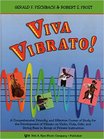
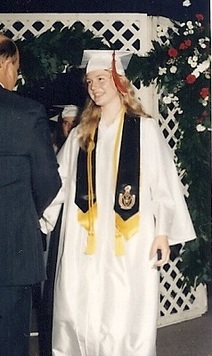
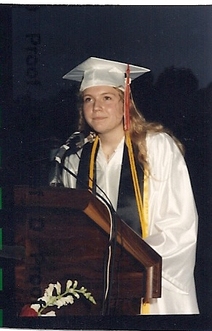
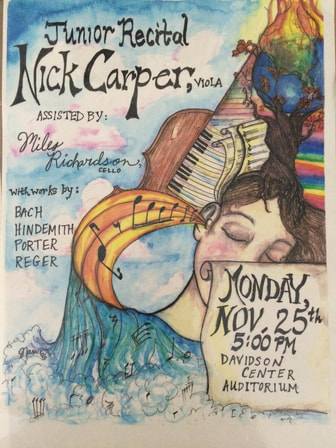
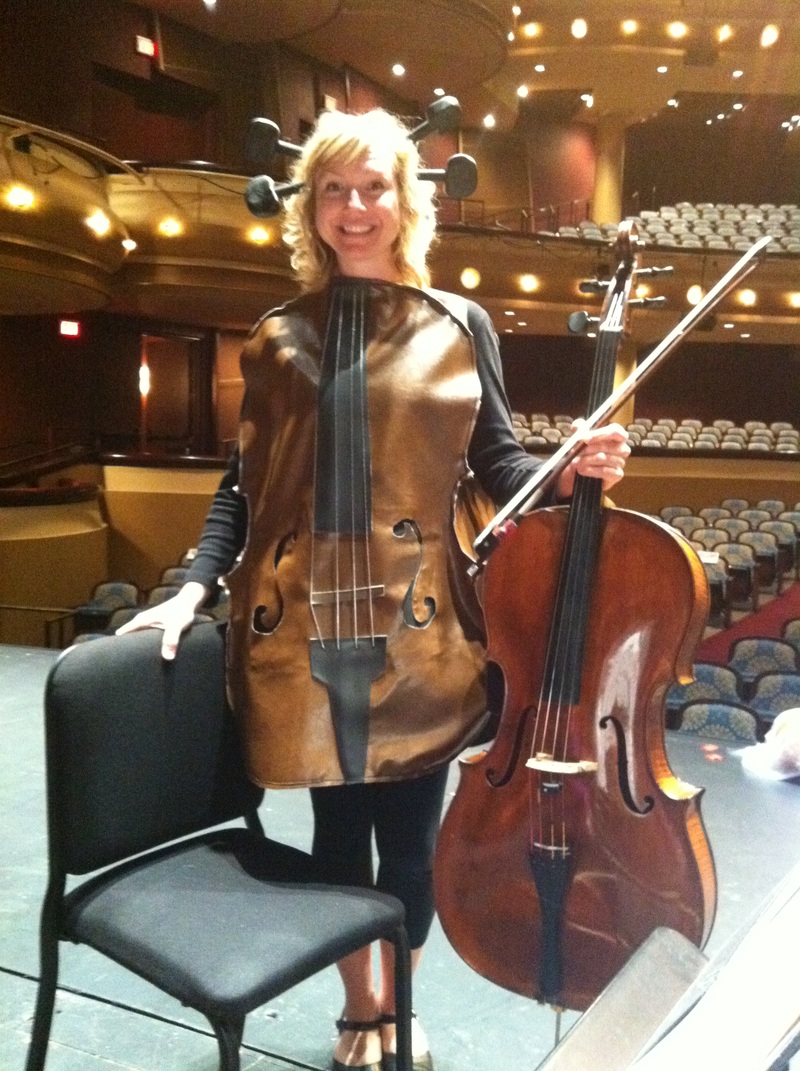
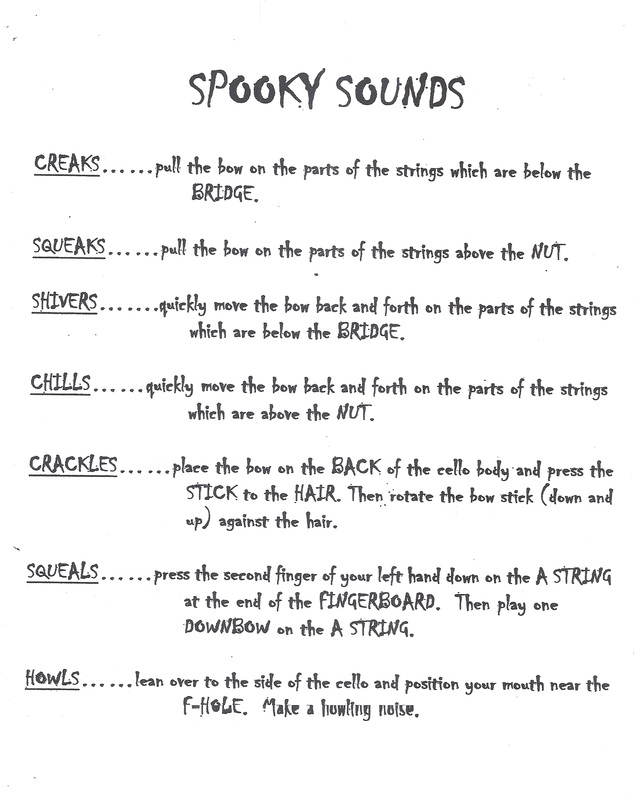
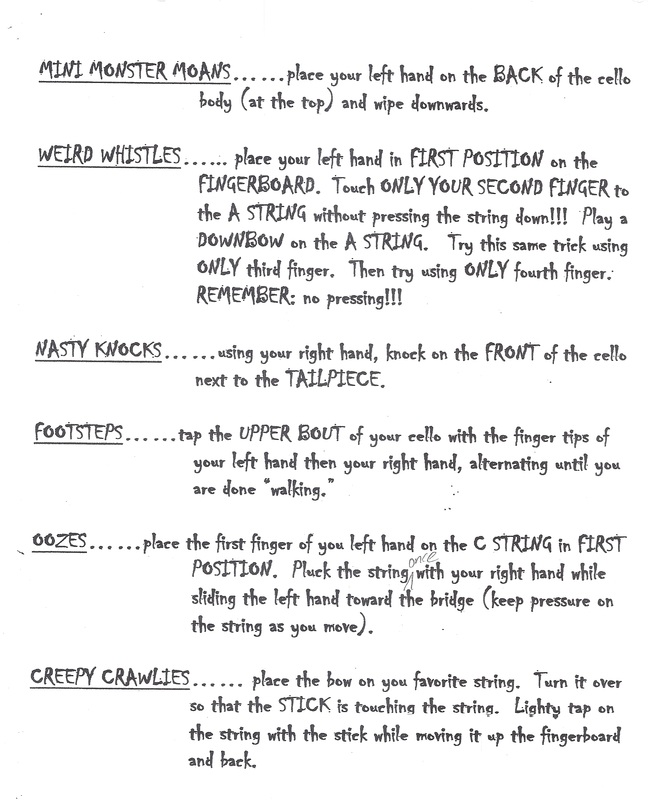
 RSS Feed
RSS Feed